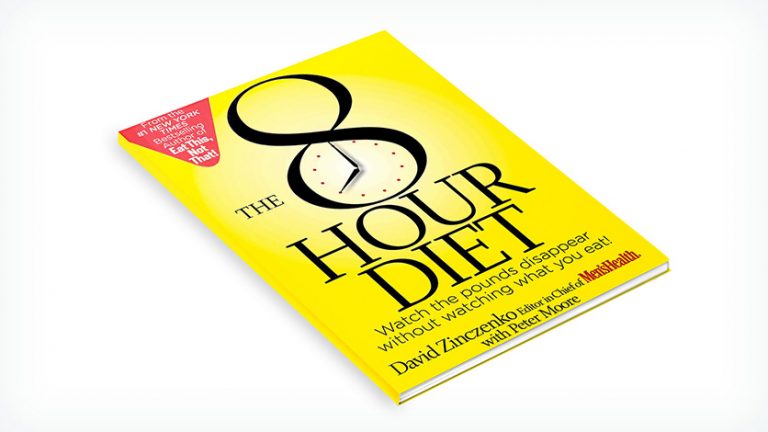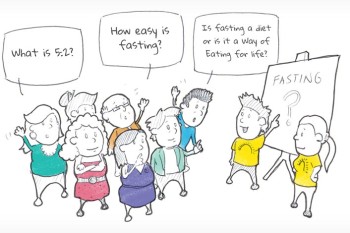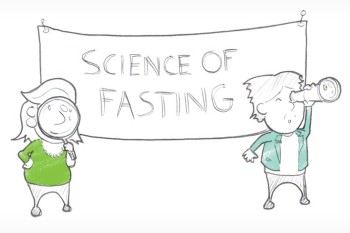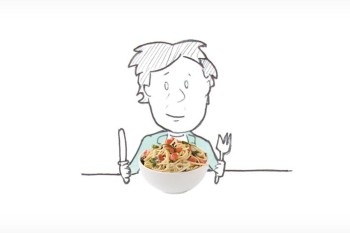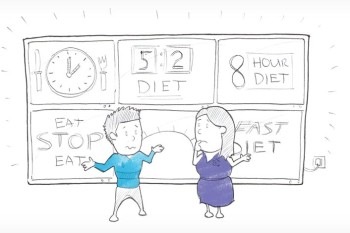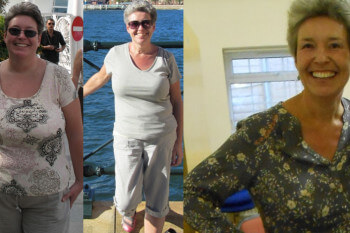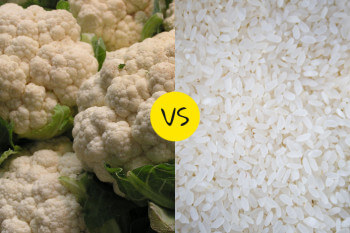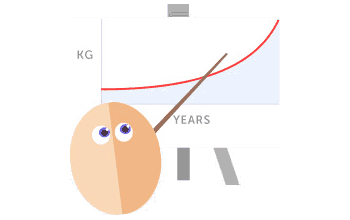The 8-hour diet restricts eating to an 8-hour period with fasting for the remaining 16 hours (at FastDay we call this 16:8 fasting). The eating window can be whenever you like – perhaps 11am to 7pm or 1pm to 9pm. The authors of the 8-hour diet book, David Zinczenko and Peter Moore, claim that eating this way for as few as 3 days a week could be enough to trigger weight-loss. However, for most people, it needs to be done nearly every day, and for some an 8-hour eating window is too long, allowing too much eating for weight loss. If your daily calorie requirements are low (perhaps you have a very inactive life, or you are small and light), then a daily 8-hour eating window might not be enough for weight loss. Some people combine this way of eating with one or twice weekly longer fasts/low calorie days to boost weight loss.
How do I do it?
Fast days: restrict your eating to an 8-hour time period (most people simply skip breakfast and eat nothing after their evening meal). The number of fast days will be between 3 and 7 per week.
Non-fast days: eat whatever and whenever you like. The number of non-fast days will be between none and 4 each week.
FastDay says: easy for people who don’t like to eat breakfast. If you need to speed up weight loss (or slow it down) just change your eating window. Currently there is little scientific research specifically about the health benefits of this way of eating.
Is this the one for you? Jump straight to Getting started: your first fasts
Why I like 16:8
Forum member ballerina says: “I do 16:8 every day because it suits me so well. On Mondays I try and do a liquid only fast but if I get really hungry then I eat. The flexibility of IF is what makes it sustainable long term for me. I can’t bear to have to count calories, or points, or whatever. Not having breakfast and not snacking late into the evening is just so easy, why would I do something else?”

